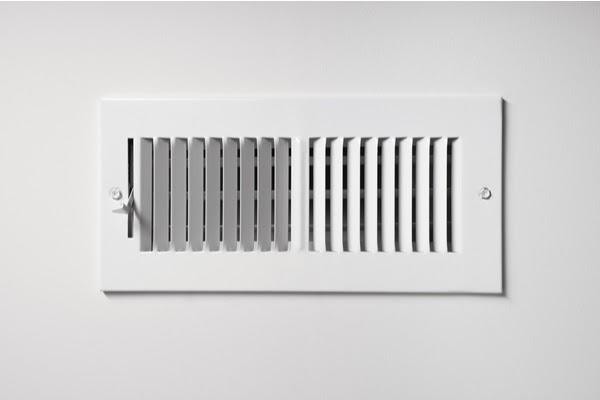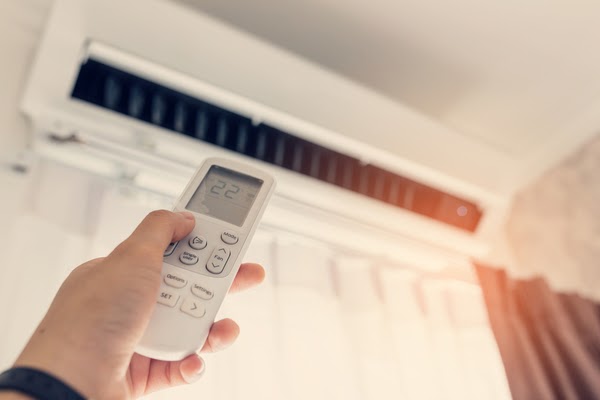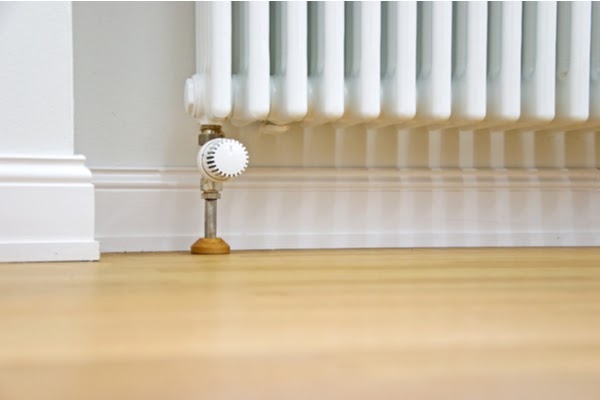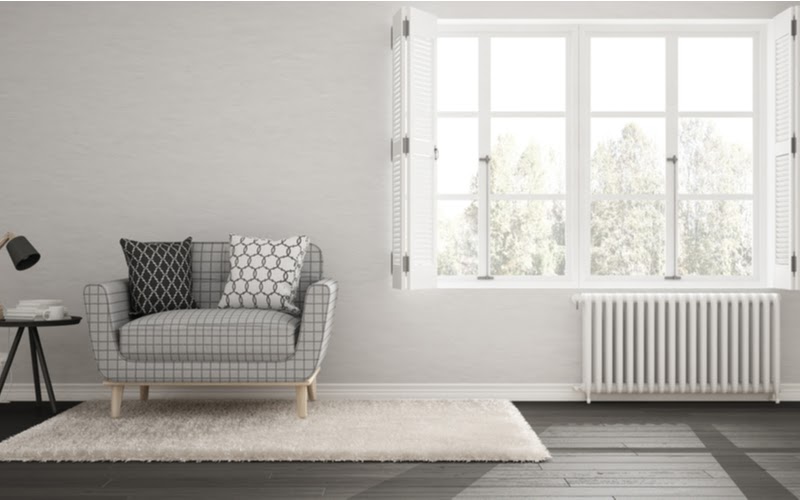Keeping our homes warm during the colder months is not only important for our own comfort but also ensures that our homes are able to function properly. Without heating systems our water lines have the potential to freeze, causing other unwanted issues, such as flooding. Read on to learn more about the 3 most common Canadian home heating systems, their pros and cons, and learn which type is best for you.
Furnace

Furnaces operate by a forced-air heating system. The system heats the air then distributes it to various rooms of the home through a duct system. Once the air is heated, generally powered by natural gas, propane, or electricity, a fan then will direct the air through various ductwork, bringing it to different rooms in the home.
Furnaces are an efficient way to heat your home as they can reach all areas of the house effectively. They are easy to control as they allow you to turn them on and off as you please. They also can help to filter the air within your home, eliminating any dust and allergens from collecting. However, if not filtered and cleaned properly, they can actually help to spread dust and allergens. While furnaces are relatively inexpensive, they require the installation of ductwork which takes up space within your walls. As well, furnace fans can be noisy, especially if you are required to run it all day and night.
Heat Pump

Next on our list of home heating systems are heat pumps. Heat pumps operate through collecting heat from outside, bringing it in, and distributing it throughout your home. You might be thinking to yourself, how is this possible in the winter when the air is extremely cold? Well, even though the air is cold, there is still a good amount of heat energy outside. The pump is able to collect this heat and transfer it inside. After it collects the heat energy, the wall-mounted units then blow the air into the associated rooms.
Heat pumps are very energy efficient and individual wall units allow you to control the temperature for each room or area of your home to your liking. Unlike a furnace heat system, no ductwork is required and the fan is a lot quieter. The downside of a heat pump is that unless you have a wall unit in each room of your home, heated air can be limited as a single unit is then responsible for a larger space. As well, during the winter months the outside unit can become frozen and require a defrost. The system will automatically run this process periodically but isn’t able to heat while doing so, so you lose out on warm air during that time.
Boiler

Boiler systems are not very popular today, however they are known to be the most effective heating system. Boilers operate by carrying hot water and distributing it throughout your home. The hot water goes through a series of plumbing lines to reach radiators and floor heating grids. In its travel, the hot water radiates heat throughout your home.
The central boiler, which houses the hot water to be distributed, can be powered by natural gas, propane, or even electricity. What separates this system from others is that it’s able to heat the floor and objects within the home, rather than just the air. This process can take longer and isn’t as easy to control, but ultimately is able to heat more consistently. If your home wasn’t built with a system already installed, installing the piping can be expensive. Plus, if a pipe ever bursts or another issue arises, they are difficult to access and can cause a lot of issues if the problem goes undetected.
Furnace and heat pump systems are popular as they all have the ability to also run AC. This allows you to have one unit for both hot and cold air. Boiler systems do not have the ability to do so, but can be the most efficient for heating your home. All homes are different and one system may be more suited for your space over another. It’s best to consult with a pro to figure out what’s best for your home so you can stay warm all winter long.
Article Updated June 2022.
